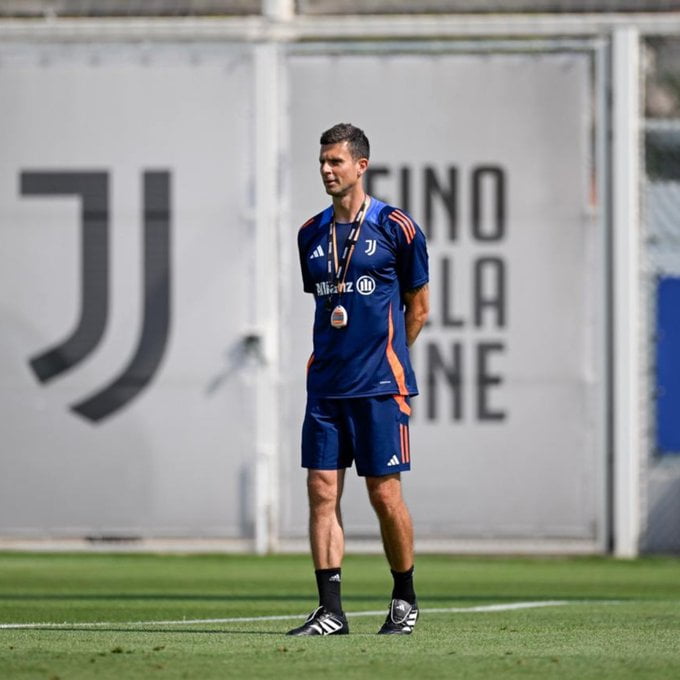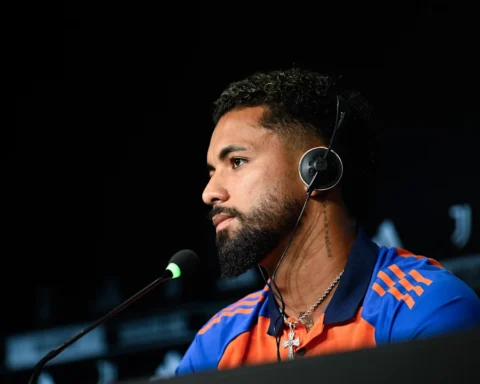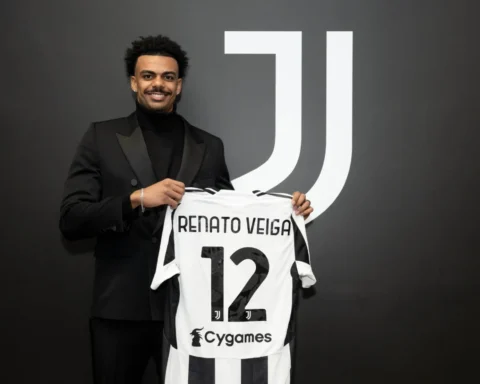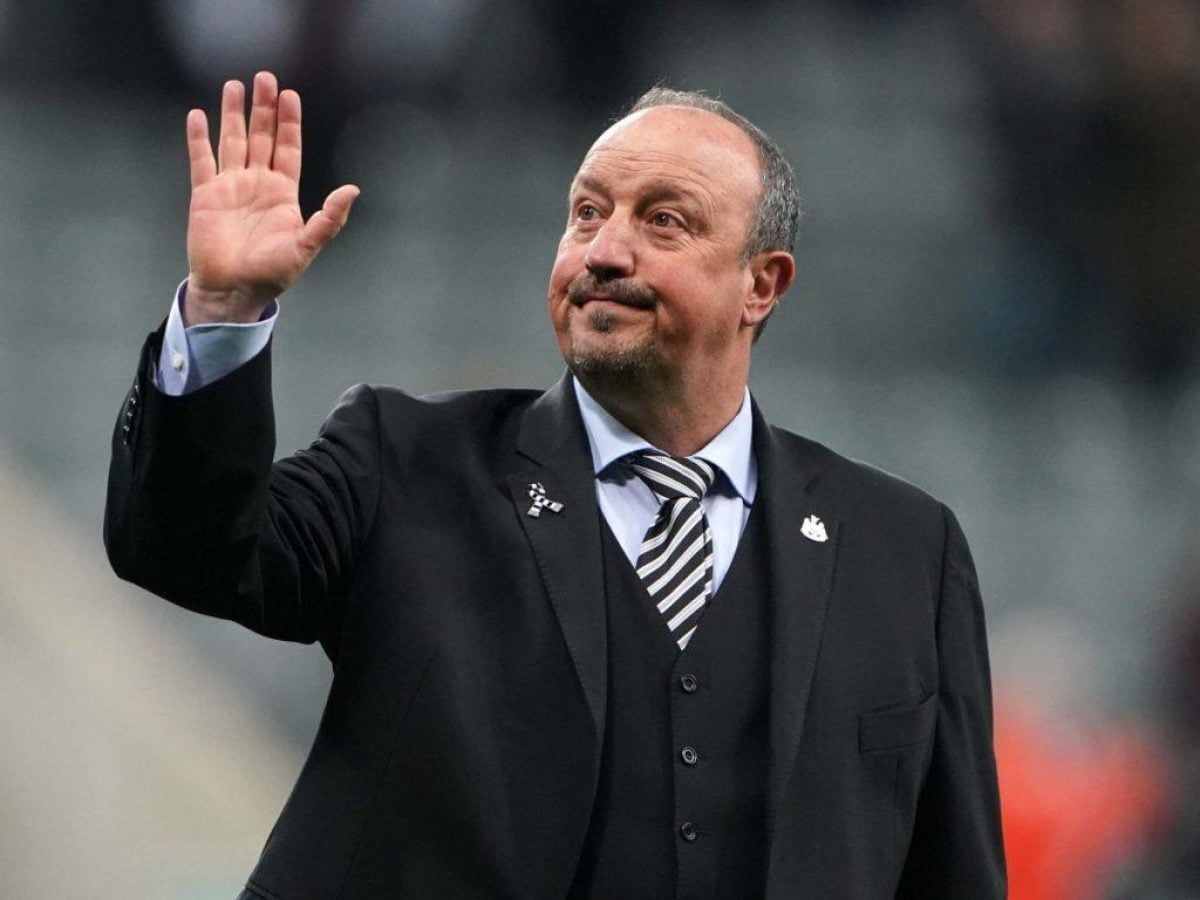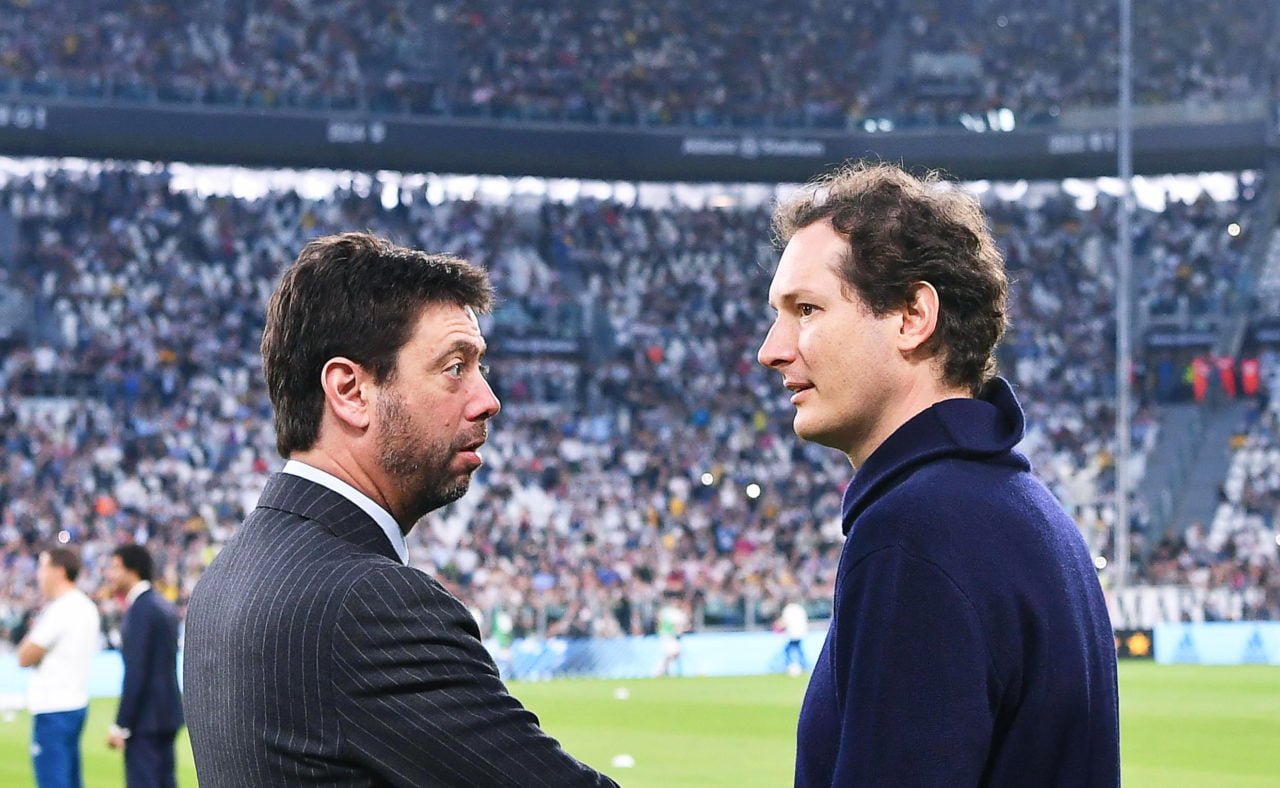Thiago Motta, the newly appointed Juventus coach, has a unique approach to football management that was first seen during his time with the PSG U19 team. Régis Beunardeau, who worked closely with Motta at PSG, shared insights into the coach’s methods and philosophy in an interview with La Gazzetta dello Sport.
Beunardeau recalls their initial connection: “We immediately clicked because we both loved Guardiola’s work. Before matches, he wouldn’t take the boys to the canteen but would pay for everyone to have lunch at a restaurant. He said they should feel like professionals.”
Motta began his coaching career with PSG’s U19s, making three specific requests: a natural grass training field, a new menu for the players, and larger offices for the staff. He quickly transitioned from player to coach, taking charge of his first training session just days after retiring.
Reflecting on his first day as Motta’s assistant, Beunardeau said, “I remember the day I was contacted. It was July 15, during the World Cup final between France and Croatia. I accepted the offer immediately. Within days, Thiago and I were working together.”
Motta’s admiration for Guardiola’s style was evident: “We both admired Guardiola’s ideas: ball control and high pressing. The goalkeeper had to be the first attacker, participating in the game like everyone else.”
Motta’s innovative 2-7-2 formation, often misunderstood, was more about fluidity than fixed positions. “He used it as an example to show that there were no fixed formations. The field could be seen from one side to the other, with two wide players and seven in the middle, including the goalkeeper initiating the play.”
Beunardeau admired Motta’s enthusiasm: “He wanted the players to enjoy themselves on the field and come to training with a smile. Results were just a consequence.”
Motta’s approach was flexible, focusing on ball possession and pressure. “We organized many small games in training: eight vs. eight, six vs. six.”
Recalling Motta’s official debut, Beunardeau said, “Against Saran, we won 4-0. He chose a 4-3-3 to start. There were over 300 spectators, all curious to see him on the bench for the first time.”
Motta’s insistence on professionalism extended to pre-match meals: “He often didn’t want the team to eat at the sports center canteen. He would personally choose a restaurant in Paris, agree on the menu, and pay the bill. He said the boys should feel like professionals.”
During Motta’s tenure, PSG’s first team included stars like Mbappé, Cavani, Thiago Silva, and Buffon. “They all had a great relationship with Thiago. We traveled together for European matches. Once, Neymar stopped by to chat with Thiago for hours, and all our boys asked for a photo with the Brazilian striker.”
Reflecting on that season, Beunardeau noted, “We finished second in the league behind Rennes and reached the Youth League’s last 16, eliminated by Hertha Berlin. We had many talented young players.”
Even after their time together, Beunardeau remains a supporter of Motta: “I worked five seasons in PSG’s youth teams, and Thiago left the following year. No experience was as beautiful and intense as the one we shared. We talked about football 24/7, even when we went out for a beer together. I can’t wait to cheer for him in the Champions League.”

